I've been building PCs for almost 20 years, and while PC building has changed since then, it has also remained the same, in a lot of ways. You still pick a side between Intel and AMD, choose a GPU in your budget, assemble everything, and manage the cables in a mid-tower. This is how most PC builds go, but things could change drastically in a span of 5 years or so. Thanks to a few growing trends in the market, the hobby that we all love might be in for a disruption. We'll still be building PCs, but they might look mighty different from what we're used to.
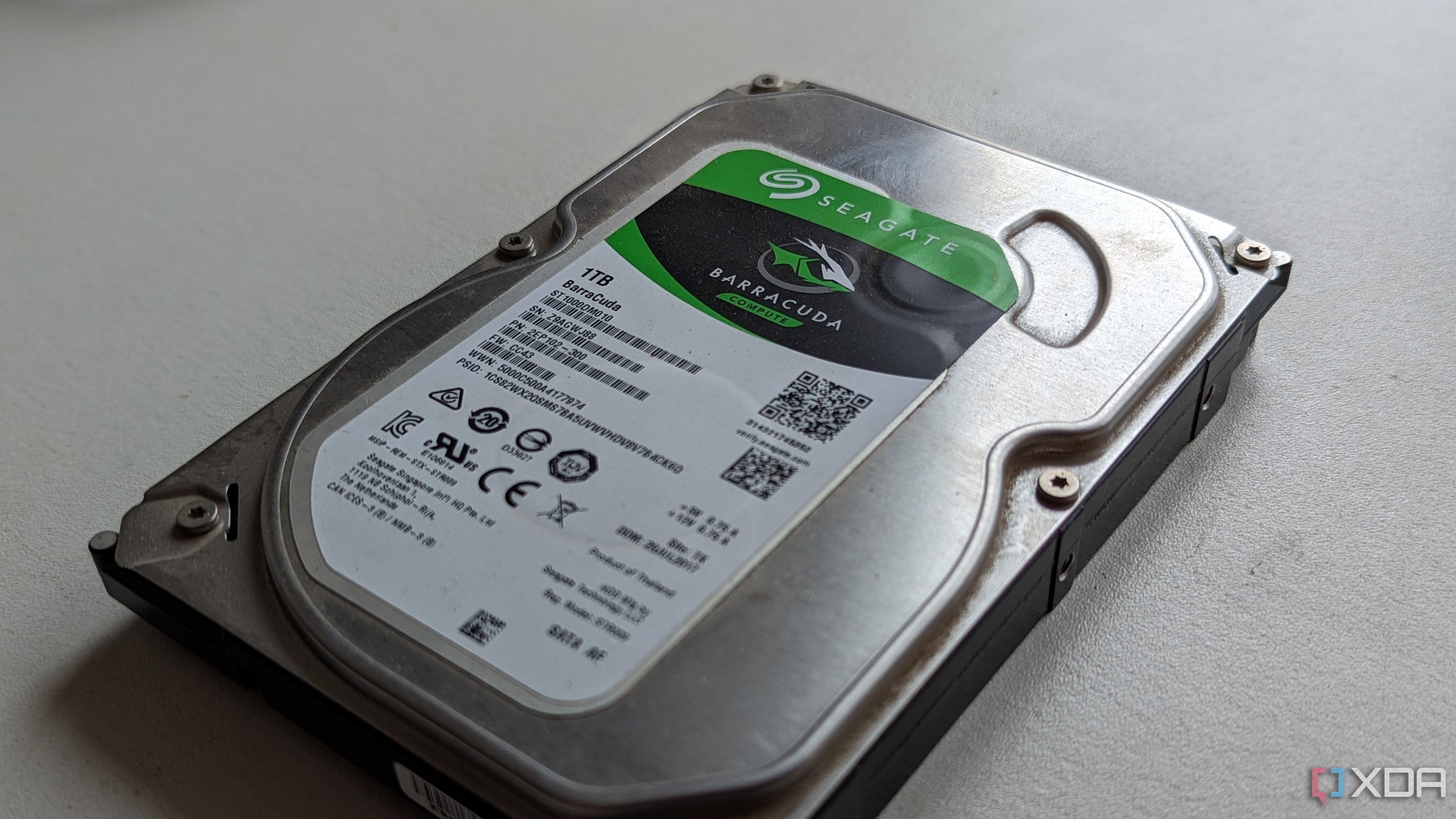
Related
6 drastic ways PC building has changed in 20 years
Over two decades, the PC building mindset has evolved drastically in many ways
5 A cable-less future
We're getting there
Despite a few prototypes and more recent cable-less components making it to the market, PCs still contain tons of cables, by and large. The adoption of the zero-cable PC has been slow, to say the least. Different standards and relatively higher prices have kept PC builders away from cable-less motherboards, graphics cards, and cases from the likes of Asus, MSI, and Gigabyte.
Consumers usually don't want to tie themselves to the same manufacturer when choosing components for a new build. However, as these zero-cable builds grow more popular, some universal standards can be expected. And with falling prices, consumers will want to eliminate every last cable; they might still be hiding behind the motherboard, but at least you won't see them.
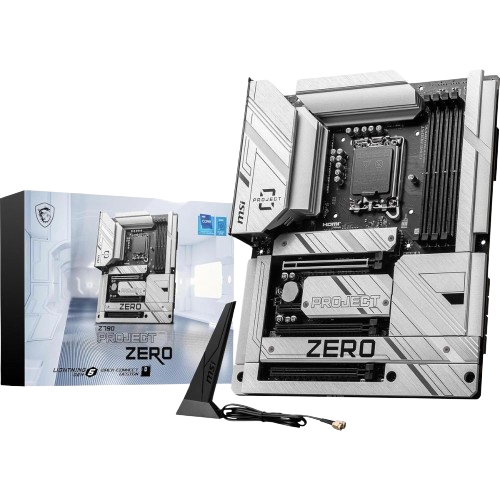
MSI Z790 Project Zero gaming motherboard
$200 $280 Save $80
The MSI Z790 Project Zero gaming motherboard is perfect for those who want to build a PC without any cable-clutter. It has all the connectors at the back, and is compatible with a bunch of supported PC cases.
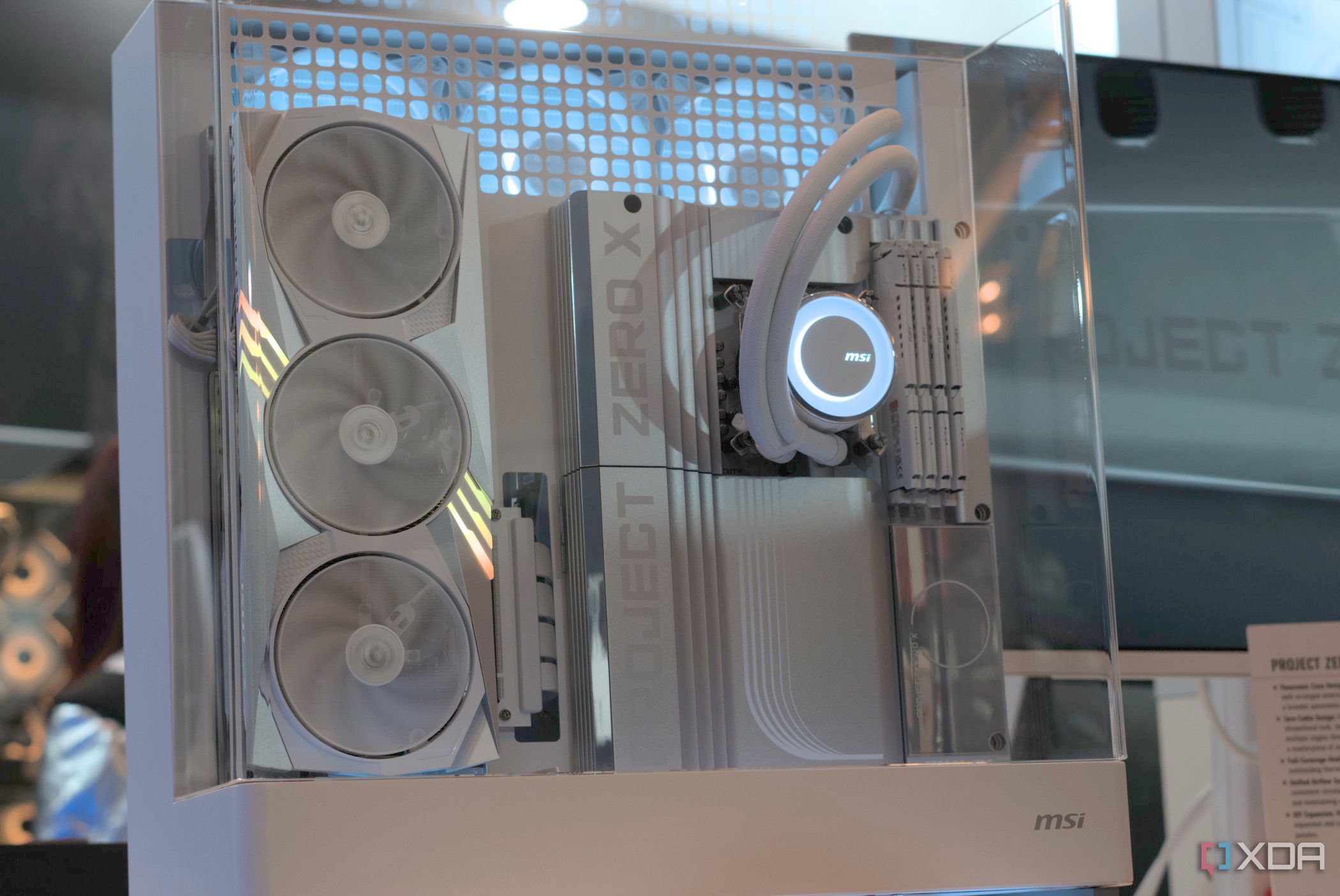
Related
5 ideas to build a PC that stands out without going overboard
Crafting a PC with a unique aesthetic might have become harder, but it's not impossible
4 More people going prebuilt
Convenience or a lack of choice?
You might see PC gamers maintain that a custom PC is better than a prebuilt, but the future might look a lot different. PC gaming exploded in popularity during the pandemic, growing from a niche interest to almost mainstream acceptance. This trend will continue to bring a steady stream of first-time PC users to the community, and they might not be willing to put up with the hassle of assembling a PC.
Prebuilt PCs have come a long way — high-quality components, standard form factors, competitive pricing, and seamless support provide consumers with tons of value. Besides, even enthusiasts might have no option but to go prebuilt in the future, as paper launches and inflated prices force their hand. You can see this happening already; for many, prebuilt PCs are the only way to get the latest GPUs. The "PC building" and customization part of it all will still exist, but PC vendors will do it for consumers instead of them getting their hands dirty.
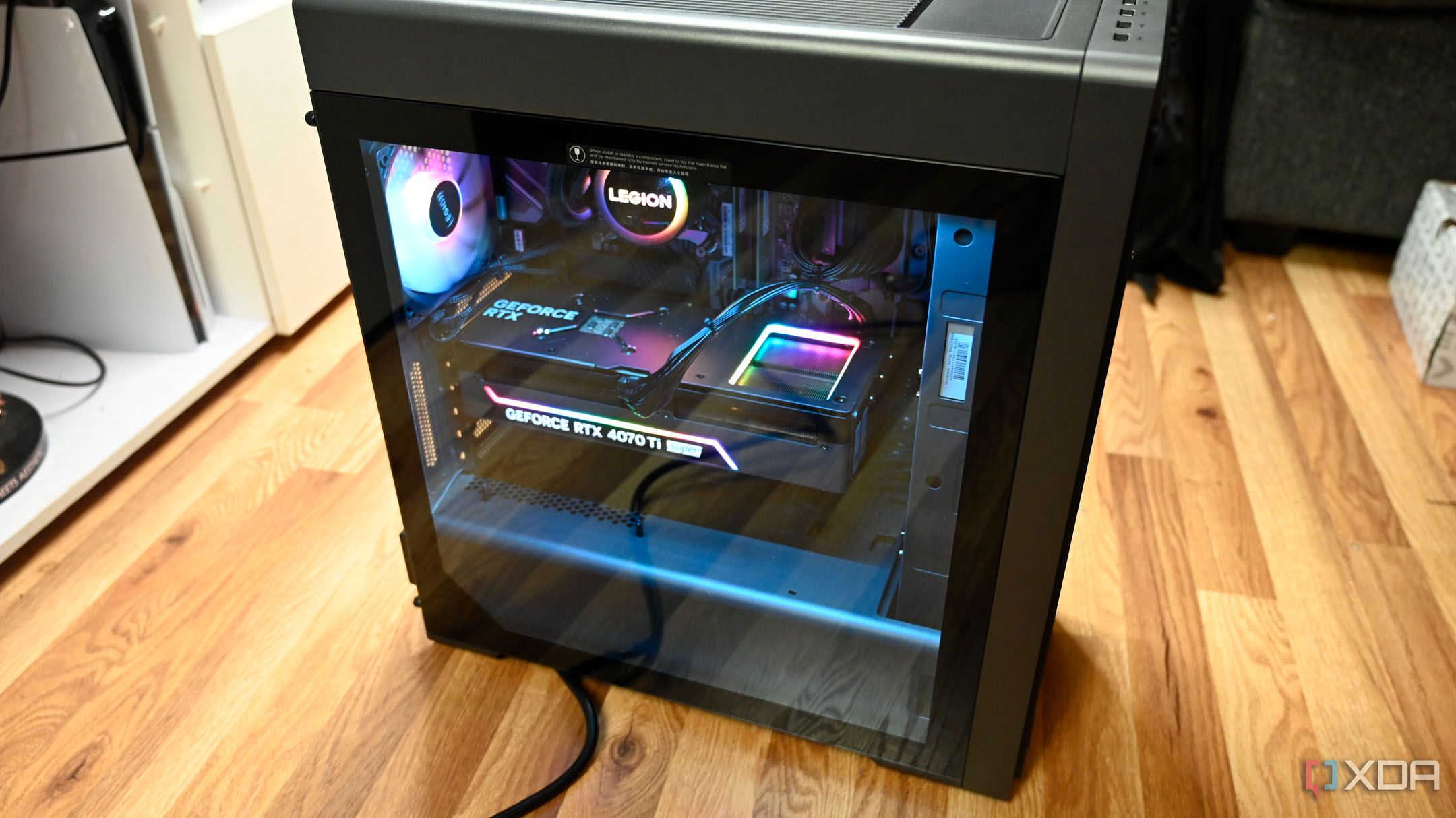
Related
5 reasons I bought my friend a pre-built PC despite being a lifelong PC builder
I've always recommended going custom, but a pre-built PC was better for my best friend
3 A surge in SFF PCs
Smaller the better
With modern GPUs growing in size, and CPUs demanding more power every year, a spacious case is usually the way to go for the best thermals and upgradability. It's also simpler to build in and easier to clean. That said, more and more PC builders are eschewing conventional cases (even fish tanks) in favor of SFF cases. These compact works of art are sleek, feature-rich, and help your PC stand apart.
Some people like the challenge of building an SFF PC, while others like it for its portability and versatility. It's not like compact builds aren't popular right now, but I believe that as thermal efficiency becomes ever more important, manufacturers will launch more compact and power-efficient components. This will promote the adoption of SFF PCs, and builders who were hesitant will join the fray soon. We've already seen the latest CPUs from Intel and AMD, and Nvidia's RTX 50 series GPUs deliver on efficiency compared to their predecessors.
Going smaller isn't just a novelty; it's part of a movement where PC builders increasingly want their PCs to be more than just machines. This naturally leads them to compact PCs that not only manage great performance, but also blend seamlessly in any setting.
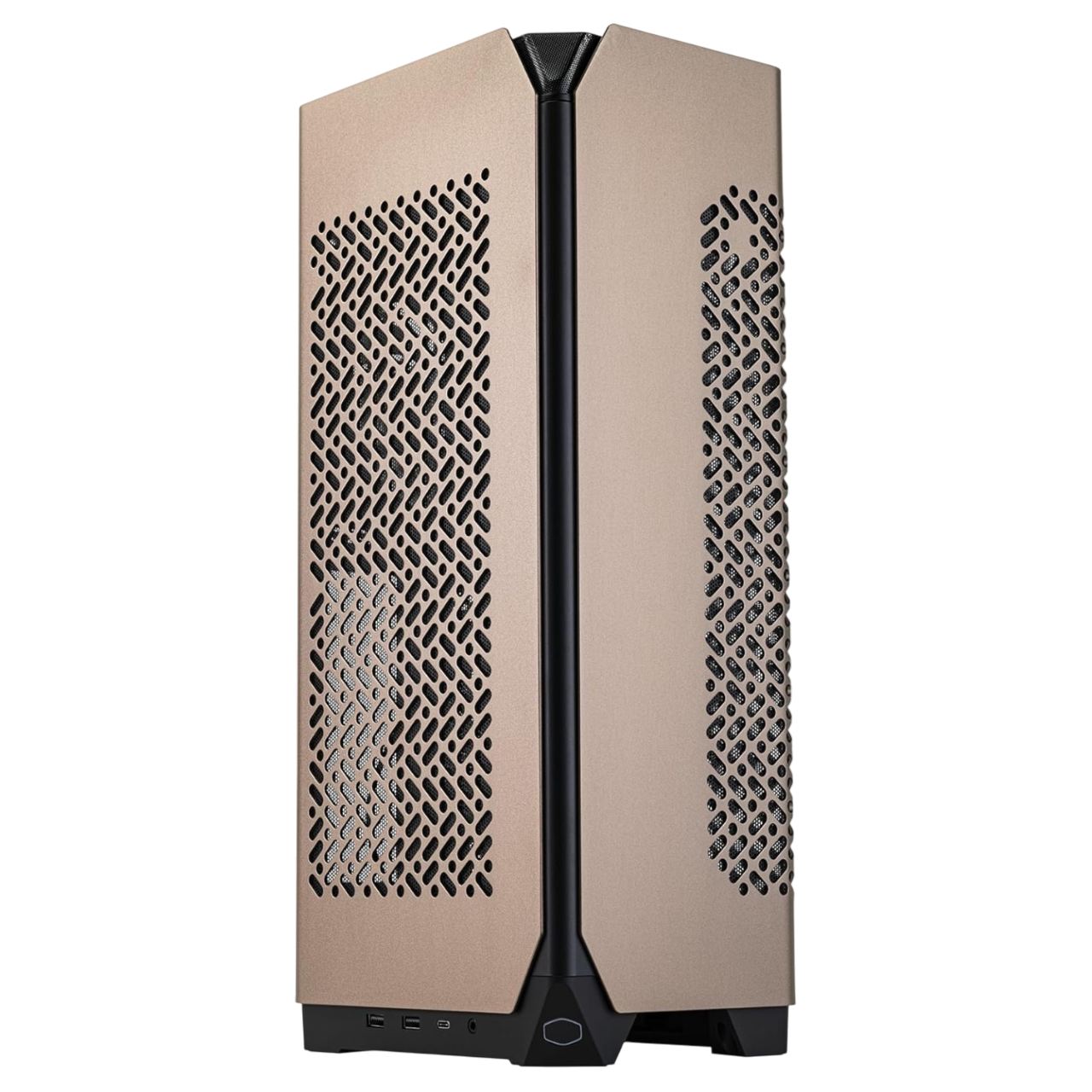
Cooler Master NCORE 100 MAX
The Cooler Master NCORE 100 MAX is a compact case that looks stunning and offers plenty of versatility.
2 GPU scarcity becoming commonplace
No longer newsworthy
What started with high-end RTX 40 series GPUs has now affected the entire GPU industry — stock has been non-existent, inflated prices have refused to cool down, and affordable GPUs are few and far between. This trend is likely to continue as companies focus on AI chips, announce unrealistic MSRPs, and a growing demand outstrips whatever supply makes it to the market.
People will increasingly stick to their current hardware, hoping to upgrade when things become better, but that might never happen. Every generation, poor availability and unaffordable prices will become the norm rather than the exception. And if the trend of disappointing generational gains continues, even the luxury of having an opportunity to buy a graphics card might become worthless.
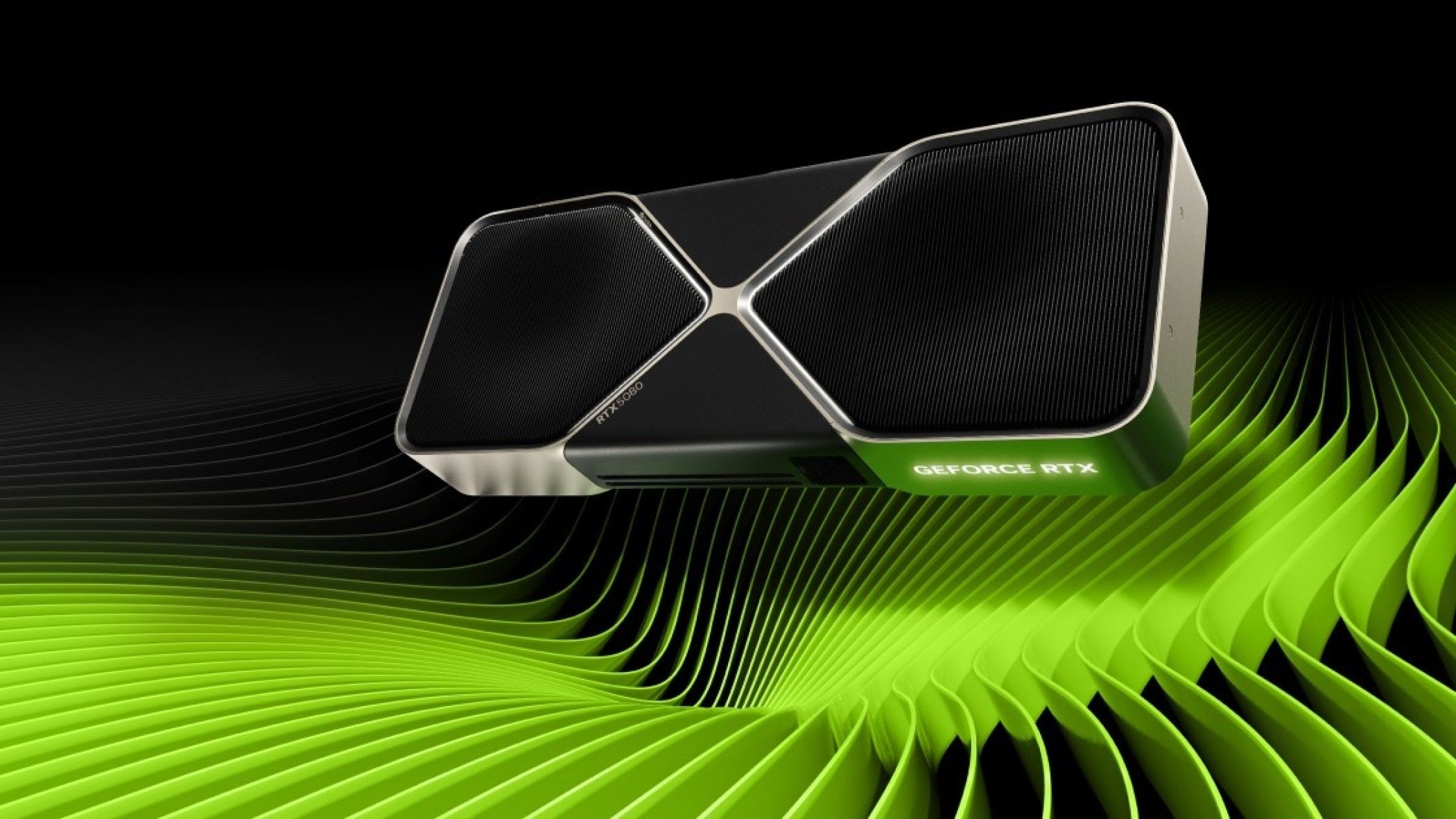
Related
Just like the Nvidia RTX 5000 series launch, so-called "paper launches" are going to become more common
If you're worried about the current GPU trend of "paper launches", there's a lot of precedent to suggest it'll keep happening.
1 Arm desktop CPUs challenging x86 domination
It's only a matter of time
The latest chapter in the Arm vs. x86 story was written last year as Qualcomm's Snapdragon X chips launched to a resounding reception. x86 CPUs from Intel and AMD finally had genuine competition from Arm CPUs in the laptop space, and the next chapter unfolding in the desktop space isn't unthinkable. Nvidia and AMD are already readying their Arm-based CPUs to compete with the Qualcomm offerings, with a launch slated for as early as this year.
If these new entrants to the Arm ecosystem see significant success in mobile chips, efforts to launch Arm-based desktop CPUs won't be far behind. PC builders might have to choose between multiple players instead of it being a toss-up between Intel and AMD. Desktop CPUs might not even look like what they do right now — Arm chips have the CPU, GPU, memory, and other components soldered on the same SoC.
x86 isn't going anywhere, but Arm desktop chips could make a big splash on the market, similar to what they have done in the Windows laptop space.
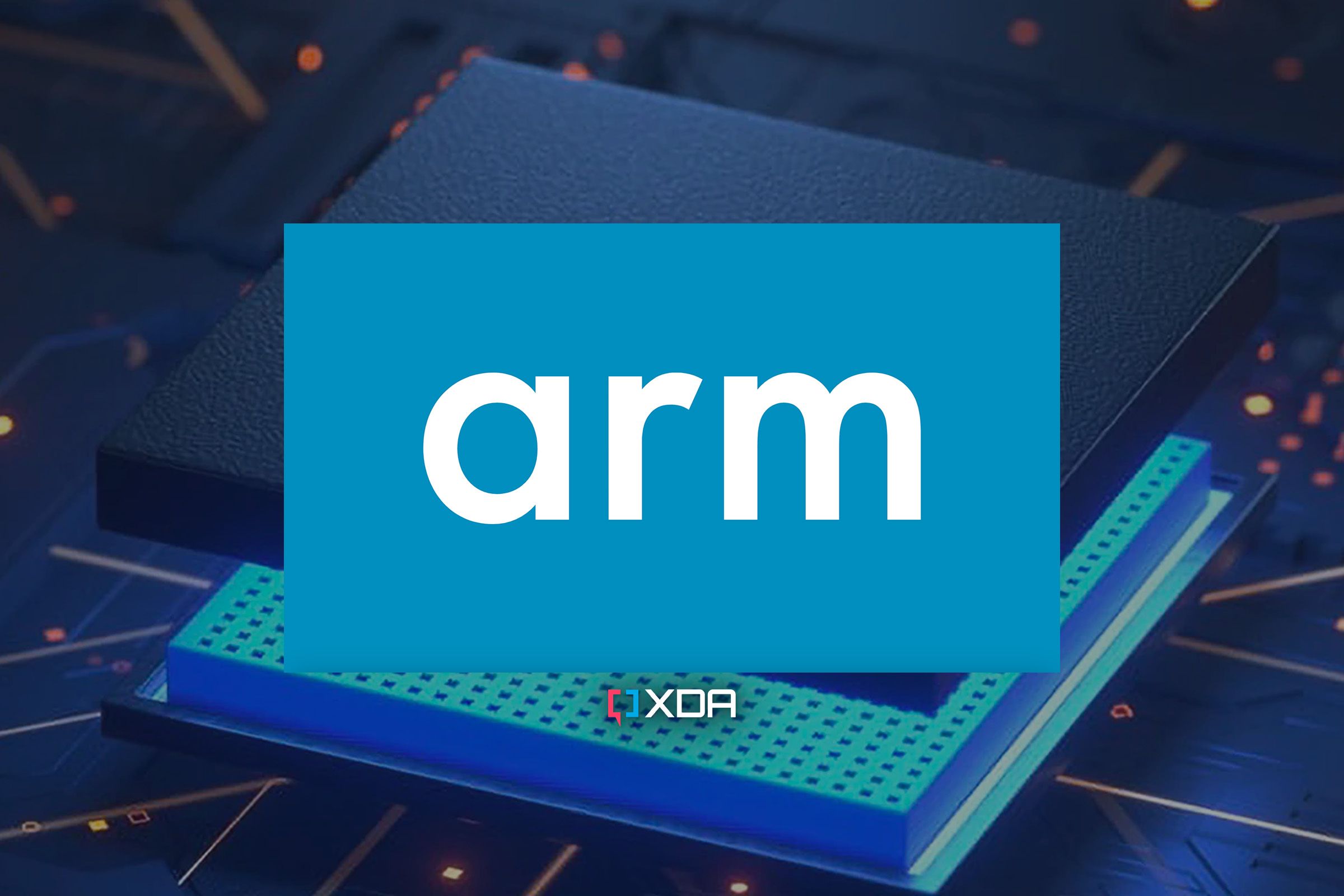
Related
The rise of Arm in computing: More than just mobile?
The landscape of Arm-based computing unfolds, promising continued innovation and a transformative future.
Whatever happens, PC building has big things coming
I might be done with PC building, but it'll never not be exciting to cover the latest developments in the industry. I have my fingers crossed for Arm-based desktop CPUs, novel form factors, and the rise of SFF and pre-built PCs. Custom PCs might change in many ways, but they're not going away anytime soon. The PC hardware market might be plagued with stock and pricing issues in the near future, but things don't stay the same forever. Let's hope a reversal happens sooner rather than later.
.png)

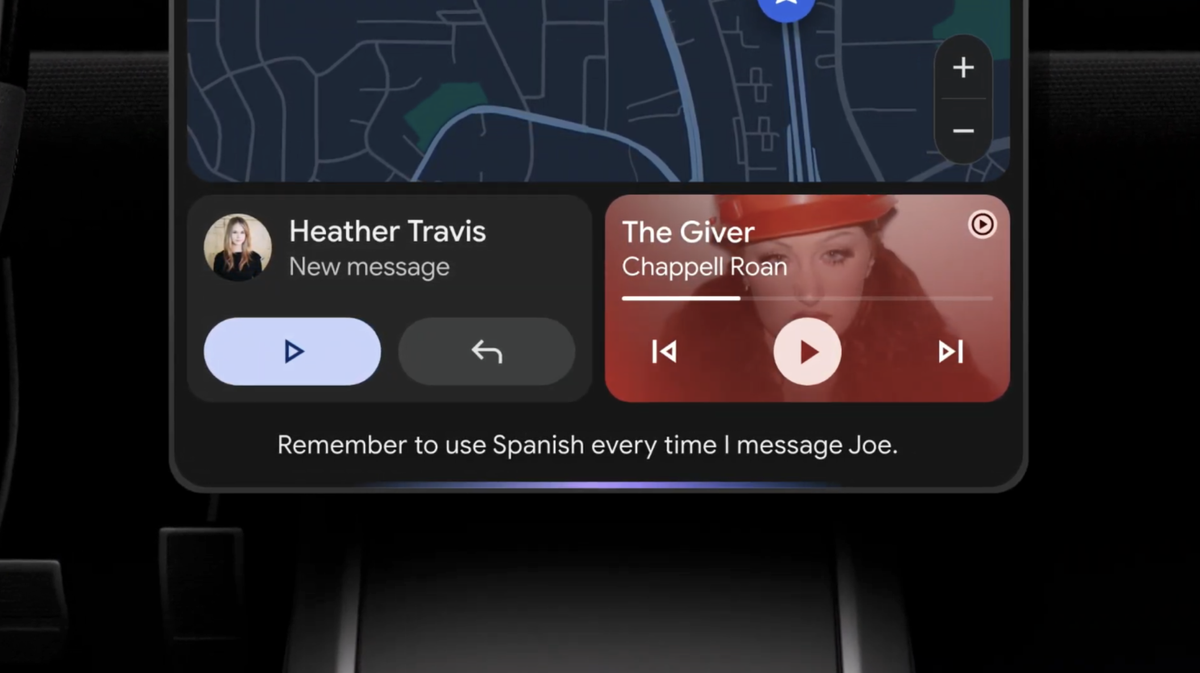









 English (US) ·
English (US) ·